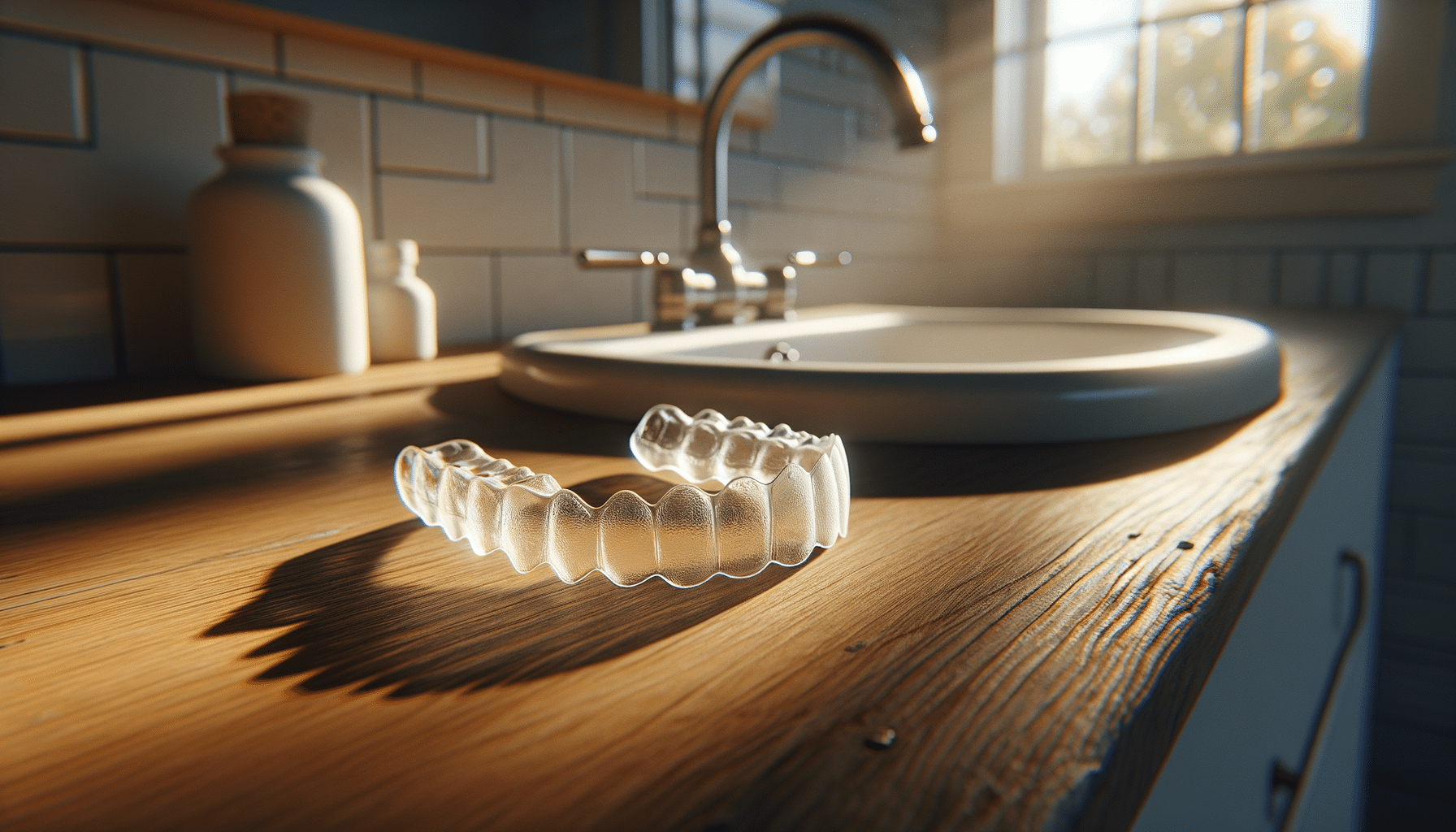
Exploring the Advantages of Invisible Dental Aligners
Introduction to Invisible Dental Aligners
Invisible dental aligners have transformed the world of orthodontics with their innovative approach to teeth straightening. Unlike traditional braces, these aligners provide a nearly invisible method for aligning teeth, appealing particularly to adults and teens who prefer a subtle alternative to metal braces. The aligners are custom-made from a clear, flexible plastic that fits snugly over the teeth, gradually shifting them into the desired position. Their rise in popularity can be attributed to their aesthetic appeal, ease of use, and the freedom they offer in daily activities, creating a new paradigm in dental care.
Explore the Benefits of Invisible Dental Aligners
When considering orthodontic treatment, it is essential to explore the benefits of invisible dental aligners. One of the most notable advantages is their aesthetic appeal. Unlike traditional metal braces, these aligners are transparent, making them an excellent choice for individuals conscious of their appearance. Furthermore, they are removable, allowing for greater flexibility in eating and maintaining oral hygiene. Users can easily take them out to enjoy meals and brush their teeth, reducing the risk of plaque buildup and tooth decay. Additionally, aligners are generally more comfortable than braces, as they do not involve metal brackets or wires that can irritate the mouth.
How Invisible Aligners Work
Invisible dental aligners function through a series of custom-designed trays that gradually move teeth into their correct positions. Each set of aligners is worn for about one to two weeks before progressing to the next set. The treatment begins with a detailed 3D scan of the patient’s mouth, which is used to create a personalized treatment plan. This technology allows for precise adjustments and predictions of the treatment outcome, enhancing the effectiveness of the aligners. The entire process is monitored by dental professionals to ensure optimal results. The ability to visualize the treatment journey through digital models provides patients with a clear understanding of their progress and end goals.
Comparing Invisible Aligners to Traditional Braces
When comparing invisible aligners to traditional braces, several factors come into play. Traditional braces are often more effective for complex dental issues, such as severe crowding or significant bite misalignments. However, they can be less appealing due to their visible nature and potential discomfort. On the other hand, invisible aligners offer a more discreet solution and tend to be more comfortable, as they lack the metal components that can cause irritation. In terms of maintenance, aligners require less frequent dental visits for adjustments, which can be a significant advantage for busy individuals. Nonetheless, the choice between the two depends on the patient’s specific needs and the complexity of their dental issues.
Conclusion: The Future of Orthodontic Treatment
Invisible dental aligners represent a significant advancement in orthodontic treatment, offering a combination of aesthetics, comfort, and convenience. As technology continues to evolve, these aligners are becoming increasingly accessible and effective for a wider range of dental issues. For those seeking a discreet and efficient way to achieve a straighter smile, invisible aligners are a compelling option. They embody the future of orthodontic care, where personalized treatment meets modern technology, providing patients with a seamless path to improved dental health and confidence.


